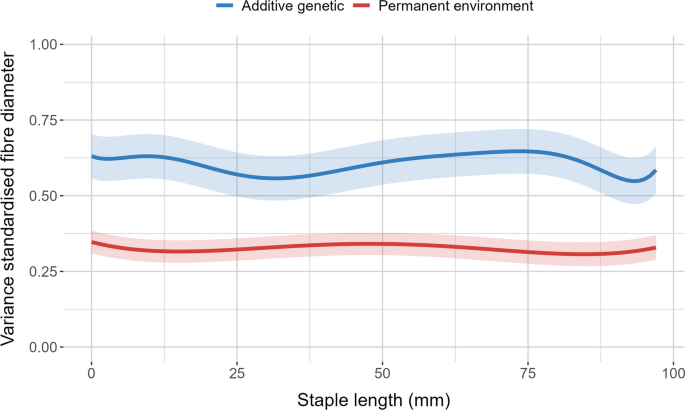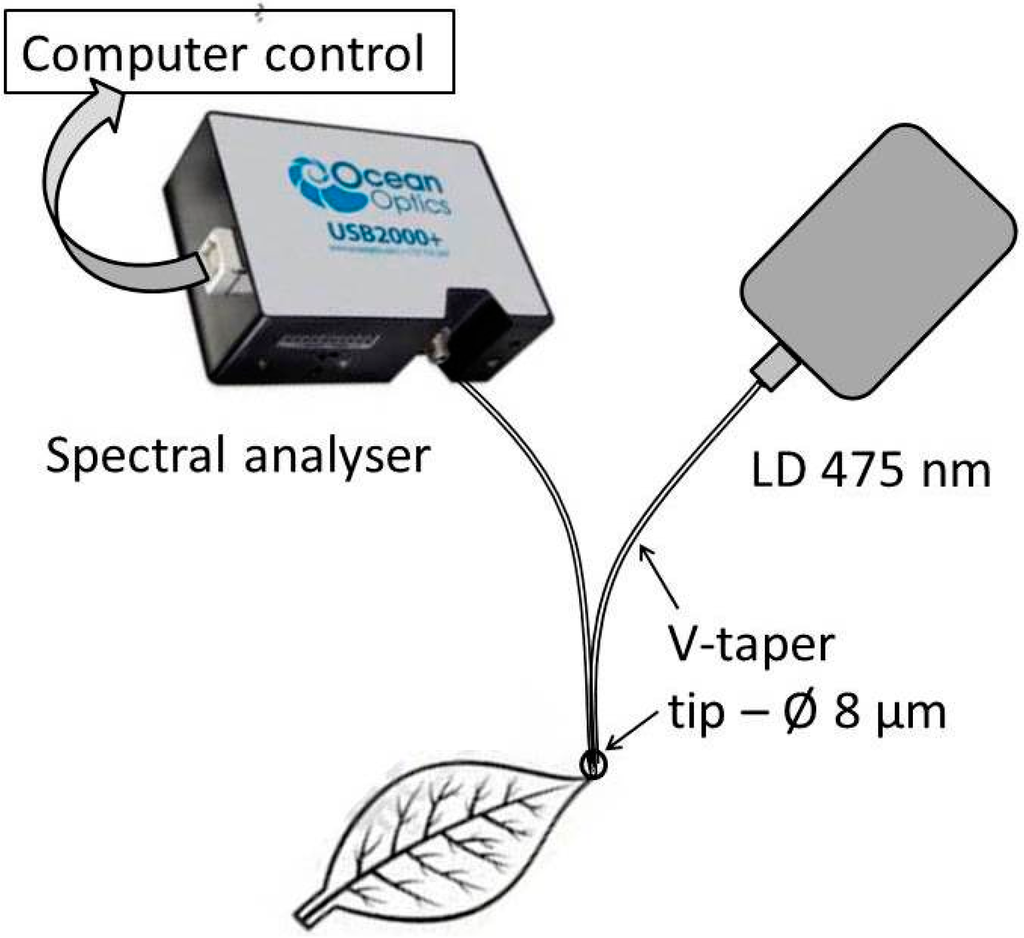Maximize Your Fibre Optic Efficiency: Comprehending Optical Fibre Diameter Analyser Technology
The efficiency of fibre optic systems is critically influenced by the accuracy of their diameter, an aspect frequently ignored in the search of optimum signal integrity. Comprehending the technology behind optical fibre diameter analysers reveals the complex equilibrium in between dimension precision and manufacturing high quality.
Relevance of Optical Fibre Size
The diameter of optical fibre plays a critical function in figuring out the efficiency and effectiveness of interaction systems. It affects several vital parameters, consisting of the setting of light breeding, attenuation, and bandwidth capacity. Bigger diameters commonly enable numerous light modes, promoting higher information transmission prices. On the other hand, smaller sized sizes often tend to sustain fewer modes, which can boost signal quality and reduce crosstalk.

Moreover, understanding the size's implications can bring about cost financial savings by decreasing the need for signal amplification and repeaters in comprehensive networks (optical fibre diameter analyser). To conclude, the significance of optical fiber size can not be overstated, as it directly influences the overall performance and reliability of modern-day interaction systems

How Size Impacts Signal Quality
Signal high quality in optical fiber systems hinges considerably on the size of the fiber. The size affects numerous crucial criteria, including depletion, bandwidth, and modal diffusion. A smaller sized diameter can cause higher depletion prices, resulting in signal loss as light travels through the fiber. This depletion can endanger the integrity of the transmitted information, leading to a decrease in signal high quality, specifically over cross countries.
Conversely, bigger diameters generally permit enhanced light capture and minimized modal diffusion, boosting signal clarity. In multimode fibres, a larger core diameter can support several light modes, yet it might also present intermodal dispersion, which can deteriorate signal quality. Choosing the optimum fiber size is essential for achieving the preferred efficiency in details applications.
Moreover, the interaction between the fiber size and the wavelength of the light made use of plays an essential function in determining the efficient transmission distance and overall signal honesty. Thus, recognizing exactly how fibre diameter influences signal high quality is vital for network designers and designers making every effort to maximize optical fiber systems for trusted, high-speed information transmission.
Overview of Size Analyser Modern Technology
In lots of optical fiber production procedures, exact dimension of fibre diameter is vital for making sure consistent efficiency and quality (optical fibre diameter analyser). Size analysers are advanced tools created to evaluate the physical dimensions my latest blog post of optical fibres with high accuracy. They employ innovative optical and laser innovations to determine the size, ovality, and concentricity of the fiber, hence supplying important information for quality assurance
These analysers can run in-line during the production process or as component of off-line screening protocols. In-line systems enable real-time tracking, allowing makers to adjust criteria promptly, consequently preserving optimum production problems. Off-line analysers, on the various other hand, supply thorough examinations of batches, making certain that any type of variances from specified tolerances are recognized and attended to.
Size analysers dramatically add to the decrease of problems in optical fibres, enhancing general product reliability. By consistently measuring crucial criteria, these modern technologies facilitate conformity with sector criteria and specifications. As the demand for high-performance optical fibres remains to rise, the function of diameter analysers ends up being increasingly important in attaining the desired top quality and efficiency standards in fibre optic systems.
Secret Features of Fibre Diameter Analysers
Although numerous models of fiber diameter analysers exist, they frequently share numerous vital functions that boost their capability and reliability. Among the most considerable features is high-resolution dimension capacities, which make certain accurate diameter readings, critical for preserving quality assurance in fibre production. In addition, several analysers incorporate innovative optical sensors made to spot minute variations in fibre diameter, thus offering invaluable data for procedure optimization.
An additional important feature is real-time monitoring, enabling drivers to get prompt comments on fibre size throughout the production process (optical fibre diameter analyser). This capability assists in fast modifications and reduces the possibility of defects. Several analysers additionally come equipped with user-friendly user interfaces, enabling drivers to quickly navigate via setups and information outcomes
Furthermore, durable data storage space and evaluation performances are important for tracking historical performance patterns and ensuring compliance with market requirements. These functions collectively add to the efficacy of fiber diameter analysers in optimizing fibre optic efficiency.
Ideal Practices for Fibre Optimization

First, routine calibration of optical fibre size analysers is essential. This makes sure precise dimensions and minimizes prospective discrepancies that might affect performance. Next off, maintaining a clean workplace is essential; dust and impurities can result in signal degradation.
In addition, it is essential to choose fibres that satisfy specific application needs. This entails evaluating elements such as attenuation, transmission capacity, and environmental conditions. Correct setup strategies ought to also be abided by, consisting of avoiding sharp bends and excessive tension, which can endanger fibre honesty.
Moreover, employing advanced tracking systems can facilitate real-time efficiency assessments, allowing prompt recognition of issues. Routine screening and maintenance need to be conducted to ensure that fibers remain within ideal operational specifications.
Finally, training personnel on the most up to date fibre optimization modern technologies and methods will boost their capacity to apply efficient methods. By following these finest techniques, organizations can substantially enhance the performance and life expectancy of their optical fiber this page systems, guaranteeing efficient interaction and data transfer.
Final Thought
In final thought, the combination of optical fibre size analyser technology is vital for making the most of fiber optic efficiency. By ensuring specific dimensions of fiber measurements, these analysers dramatically boost signal high quality and lower losses during data transmission.
Signal high quality in optical fibre systems hinges dramatically on the diameter of the fibre.In several optical fibre production processes, exact dimension of fiber size is vital for making certain constant efficiency and high quality. As the need for high-performance optical fibers continues to climb, the duty of size analysers comes to be progressively crucial in achieving the preferred quality and performance standards in fiber optic systems.
These features jointly contribute to the efficiency of fiber size analysers in enhancing fibre optic performance.
In conclusion, the integration of optical fiber diameter analyser modern technology is crucial for making best use of fiber optic efficiency.